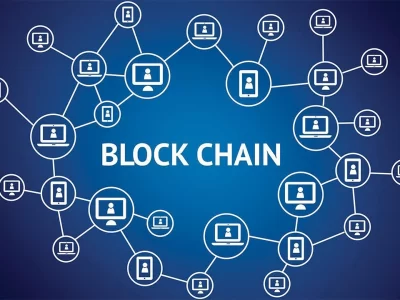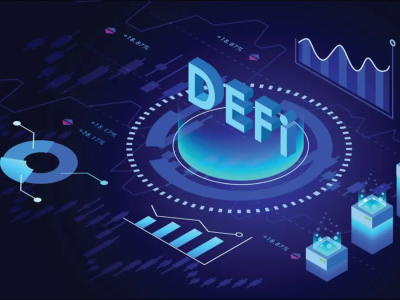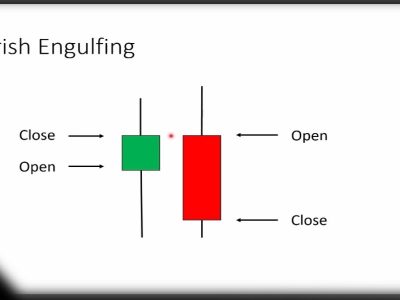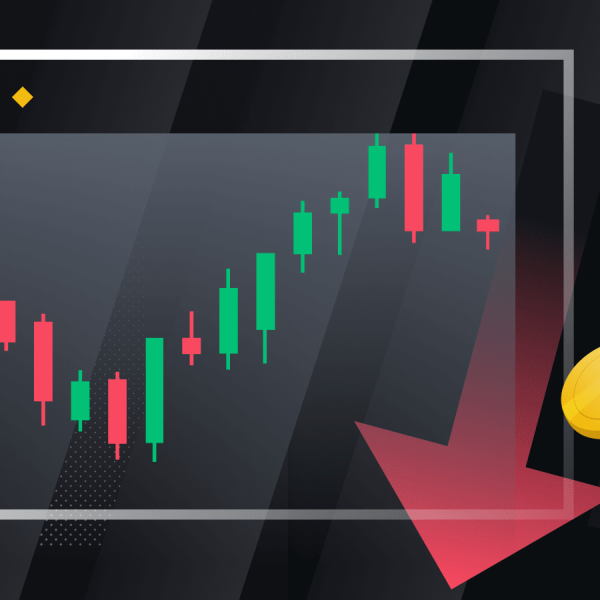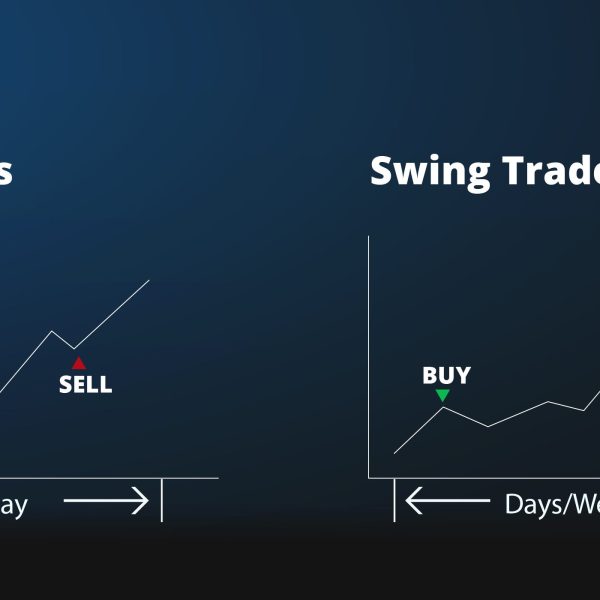Ethereum is a trending cryptocurrency and always has been this way, when it comes to popularity and market cap Ethereum is only second to Bitcoin. This wide adoption globally has been a great thing for the Ethereum Foundation and its founder Vitalik Buterin. But besides the good things, the amount of adoption also caused operational issues which caused many users to be upset about the transaction speed and transaction fees, which they have a right to.
You can also read: Everything you need to know about USD Coin (USDC)
To put it simply, the amount of popularity caused the Ethereum users to experience network clog and also impacted Ethereum’s scalability (Ethereum team announced they will address the scalability issues and transaction fees and network speed will be fixed in Ethereum 2.0 upgrade).
There is an Indian-founded blockchain platform that is providing solutions to the challenges Ethereum is facing and plans to deal with the issues using its innovative and unique later 2 solutions.
This unique blockchain is called Polygon (previously known as Matic) and in this article, we’re going to cover what Polygon is and how it works.
What is Polygon (MATIC)?
Polygon is a complete multi chained system, framework and protocol. It connects blockchain networks that are compatible with Ethereum, interconnects them and is built to fix Ethereum’s problem with scalability on the current Ethereum network, which means it’s going to fix network clogs, the increasing transaction fees and also speed up the transactions made on Ethereum network.
Polygon (MATIC) is a layer 2 solution which means that it works on top of Ethereum’s main blockchain and doesn’t affect the main network. Polygon is using side chains to unclog the Ethereum main network in a smart and not expensive way.
Polygon multi-chain network provides an infrastructure for blockchain networks that are compatible and work within Ethereum and facilitates those blockchain networks so that they can communicate with each other. As the polygon is a second-layer solution the communication will be done outside Ethereum’s primary network though it retains Ethereum’s liquidity, interoperability and security.
What is MATIC and how does it work?
MATIC is Polygon’s native token which plays a major role in the Polygon ecosystem. Besides being an asset as a token, Matic is the underlying resource behind Polygon’s network and is primarily used for staking tokens. MATIC being the staking token for Polygon shows that the Polygon blockchain runs on a Proof of Stake (POS) consensus algorithm.
How does Proof of Stake (PoS) work?
In blockchains running on Proof of Stake consensus algorithm like Polygon, means anyone who wants to support the blockchain and help validate the transactions and make some money doing so, they should buy and stake Polygon’s native token.
Unlike Proof of Work (PoW) in which you need to buy miners or mining rigs and mine (individually or with a mining pool) to validate transactions, you just need to buy tokens and stake them to participate in helping the blockchain and earn staking rewards.
Is Polygon a good investment?
As Polygon is a layer 2 blockchain for Ethereum, its success depends on itself, its team and market as well as Ethereum’s. The reason for this is clear if no one uses Ethereum in the next 2 years (this is an example and a fake scenario and the probability of it happening is very low), they probably won’t use a blockchain that is a layer 2 solution for Ethereum.
As said before, the Ethereum team is going to fix a lot of scalability issues with Ethereum that caused expensive transaction fees and network clog. A question comes to mind here: if Ethereum fixes all the scalability and network issues in Ethereum 2.0 upgrade, will polygon still be relevant after the upgrade?
The answer to that question is this, although a lot of Polygon’s (MATIC) potential is linked to Ethereum and Ethereum will fix some of the scalability issues, Polygon will still be relevant after the upgrade.
Polygon has already demonstrated substantial success in integrating a network of patterns and companies so the future of Polygon sure is very promising and it doesn’t seem that the Polygon will be finished after Ethereum 2.0.
The short answer is Yes, Polygon is a very good investment and is a cryptocurrency with a lot of potentials and a promising future. With a good strategy you can buy when the market price drops and buy at a low, after a year or two (in a good market movement; all things should be considered; this is not financial advice) there is a good chance that your original buying asset will be multiplied in value.


